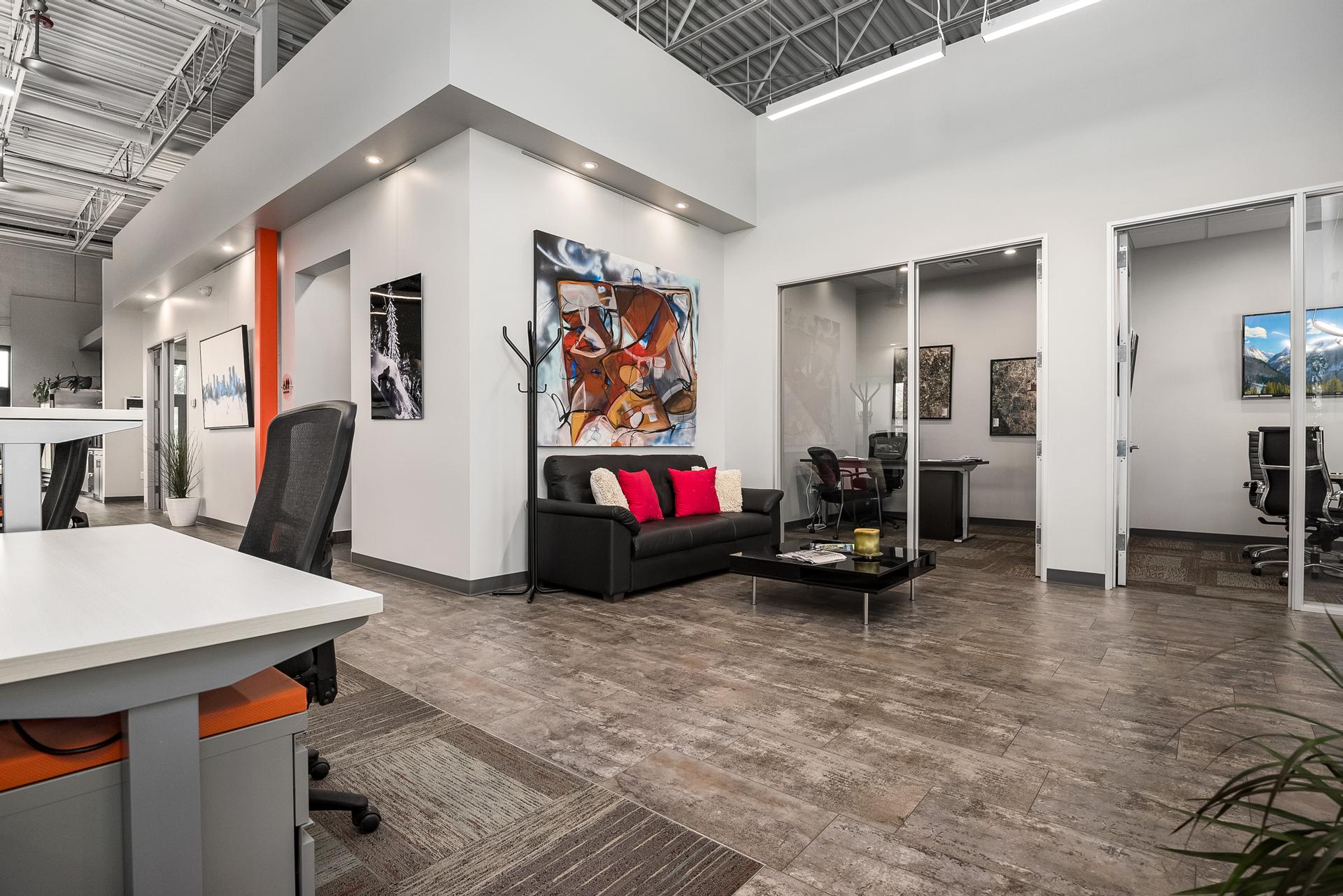We all know the benefits of a shared workspace:
- Collaboration
- Fewer distractions than working at home
- Often a shorter commute
- Networking opportunities
- And more
But what types of shared workspaces exist and what are the pros and cons of each?
Open Concept
Open Concept workspaces are exactly what they sound like: fewer cubicles and more open workspace. Depending on your personality, open workspaces can be great and inspiring or they can be noisy and distracting. At 520 HUB, we have incorporated some of our space into open-concept spaces.
Informal
Think Starbucks or your local coffee house and all those people sitting at a table with their laptops. Of course, 520 HUB is not a coffee house but we do have a modern kitchen with gourmet coffees and teas. So if this is the atmosphere you prefer, just not with a line of customers waiting to order or a barista glaring at you for taking up space, set up in the kitchen and have another cuppa.
Minimal
It is what it says it is. The bare necessities for a conceptually ambiance-free work environment with the thought of creating a distraction-free environment designed for focus. We don’t subscribe to extreme minimalism because we believe that uncluttered well-thought-out design is inspiring and energizing and gives the eye something to focus on now and then rather than blank walls and a computer screen.
Balanced
520 HUB is a balanced shared workspace, with private offices, conference rooms, open workspaces, and communal areas to be productive in, no matter your work style or personality.
There are likely many more types of shared workspaces out there, and these are just a few examples. For more on that, check out this article from Jenna Bunnell on the CustomerThink website – 8 Types of Coworking Space: Which Suits Your Business Needs The Most?
To schedule your tour of 520 HUB, visit our CONTACT page.


